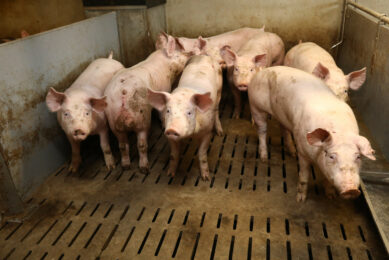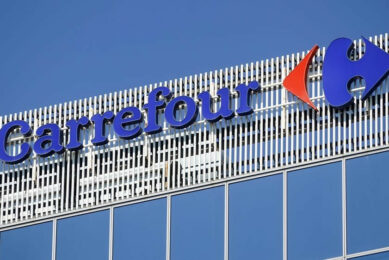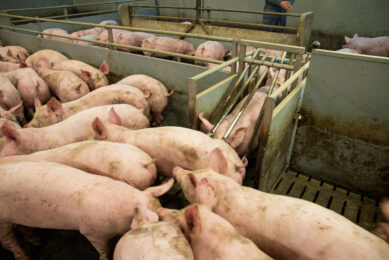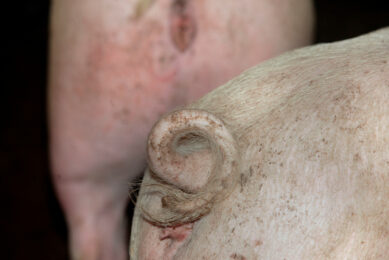Which management practices maximise piglet survival?
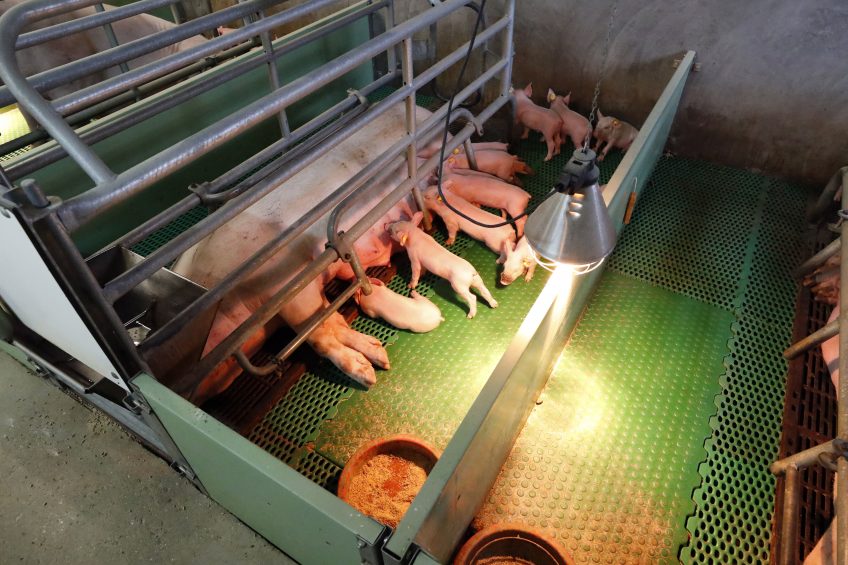
French researchers have established a list of do’s and don’ts on the basis of a survey amongst farrow-to-finish farms.
Managing sow feeding, following disease-prevention measures, and high-quality monitoring by pig producers are determining factors in piglet survival, said Thomas Lemoine of the Chambers of Agriculture of Bretagne, at a presentation at the 50th edition of the Swine Research Days, held 6-7 February 2018 in Paris, France.
Mortality rates show a high variability between farms, between 5 and 35%, according to figures of the French Pork and Pig Institute (IFIP) in 2016. “These figures suggest that there is room for improvement within the farms,” said Mr Lemoine.
Sow prolificacy has increased
The survey was topical as sow prolificacy has increased significantly in the last 30 years. This has been associated with a decrease in piglet birth weight, an increase in body weight variability and an increase in mortality rates, which reached 19.3% of total piglets born in 2016. To take advantage of high sow prolificacy, pig producers have therefore been looking for practical solutions to increase piglet survival.
The survey included 66 farrow-to-finish herds having more than 15 piglets born per litter in order to highlight practices supporting suckling piglet survival.
Herds were divided into 2 groups:
- Losses -: Herds with a total mortality rate below 19%; and
- Losses +: Herds with a total mortality rate above 24%.
The first group was characterised by:
- Feeding programmes for gestating sows (at least 3 curves used);
- Farrowing house hygiene (presence of foot baths/lime);
- Farrowing management (taking sows’ previous performances into account, monitoring at midday, manual intervention in cases of dystocia);
- Piglet care (umbilical cords cut if bleeding); and
- Litter management (split suckling, fostering).
The second group was characterised by:
- Relative low disease prevention (no gilt contamination, fewer vaccine use);
- Insufficient feeding around insemination (feed not adjusted according to sow fatness);
- Absence of piglet assistance (not helping weak piglets to start breathing); and
- Late litter management (fostering piglets only more than 24 hours after farrowing).
Livestock building
Surprisingly, the characteristics of the livestock building as well as equipment stood out very little in this survey, although the breeders themselves identified the building as essential for improvement.
Mr Lemoine concluded, “The breeder, with his know-how and especially the quality of the monitoring of sows and their range, plays a key role to improve the survival of piglets in maternity.”



